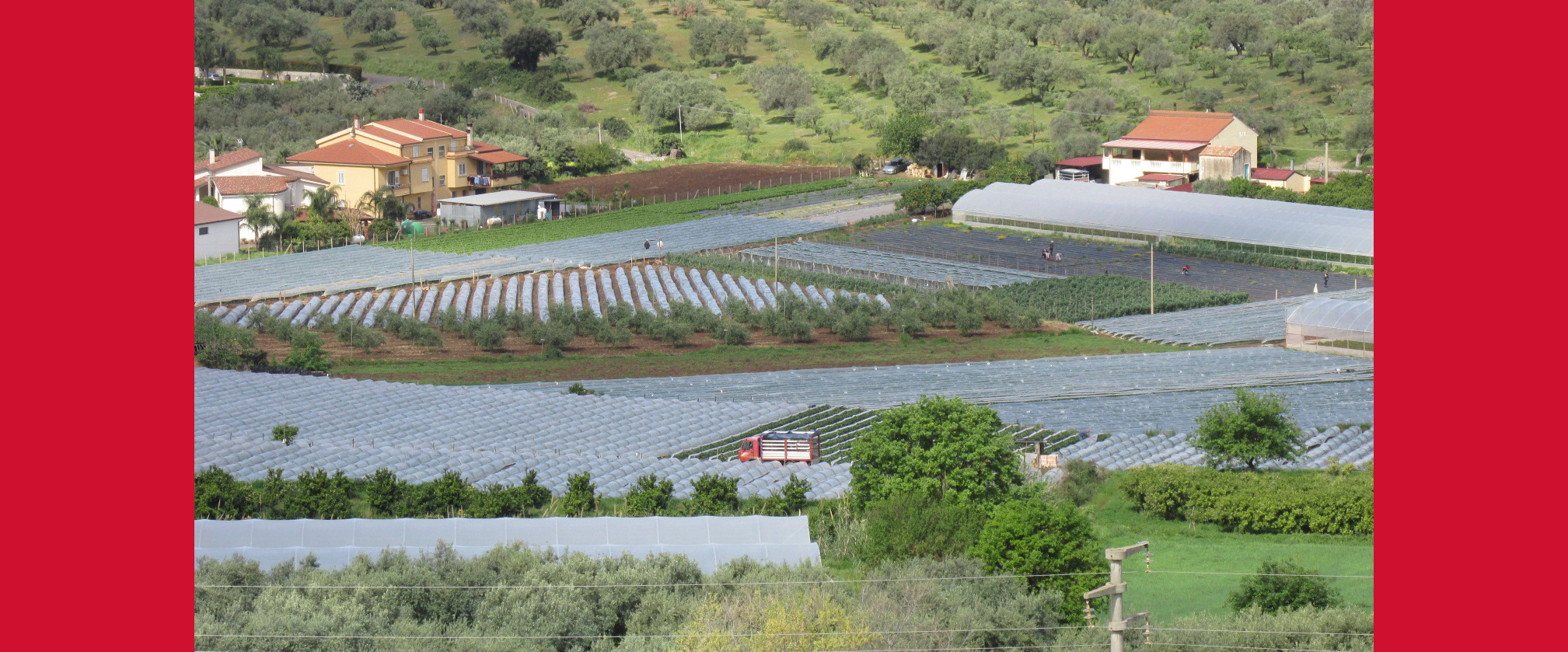
Acconia: From No-Man’s-Land to Agro-Business
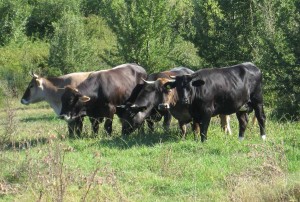 The town of Acconia on the west coast of southern Italy has witnessed dramatic changes over the last 70 years. What was marginal wetlands in the 1940s rapidly developed into a place of highly productive land use. Greenhouses dot the landscape allowing intensive agriculture where there was only seasonal grazing before. Since 1980, Acconia has also been the home to the first longitudinal study in anthropology of this length. It is the purpose of this study to to document the changes that have unfolded over time and explain the nature of the landscape dynamics.
The town of Acconia on the west coast of southern Italy has witnessed dramatic changes over the last 70 years. What was marginal wetlands in the 1940s rapidly developed into a place of highly productive land use. Greenhouses dot the landscape allowing intensive agriculture where there was only seasonal grazing before. Since 1980, Acconia has also been the home to the first longitudinal study in anthropology of this length. It is the purpose of this study to to document the changes that have unfolded over time and explain the nature of the landscape dynamics.
The Longitudinal Study of Land Use at Acconia
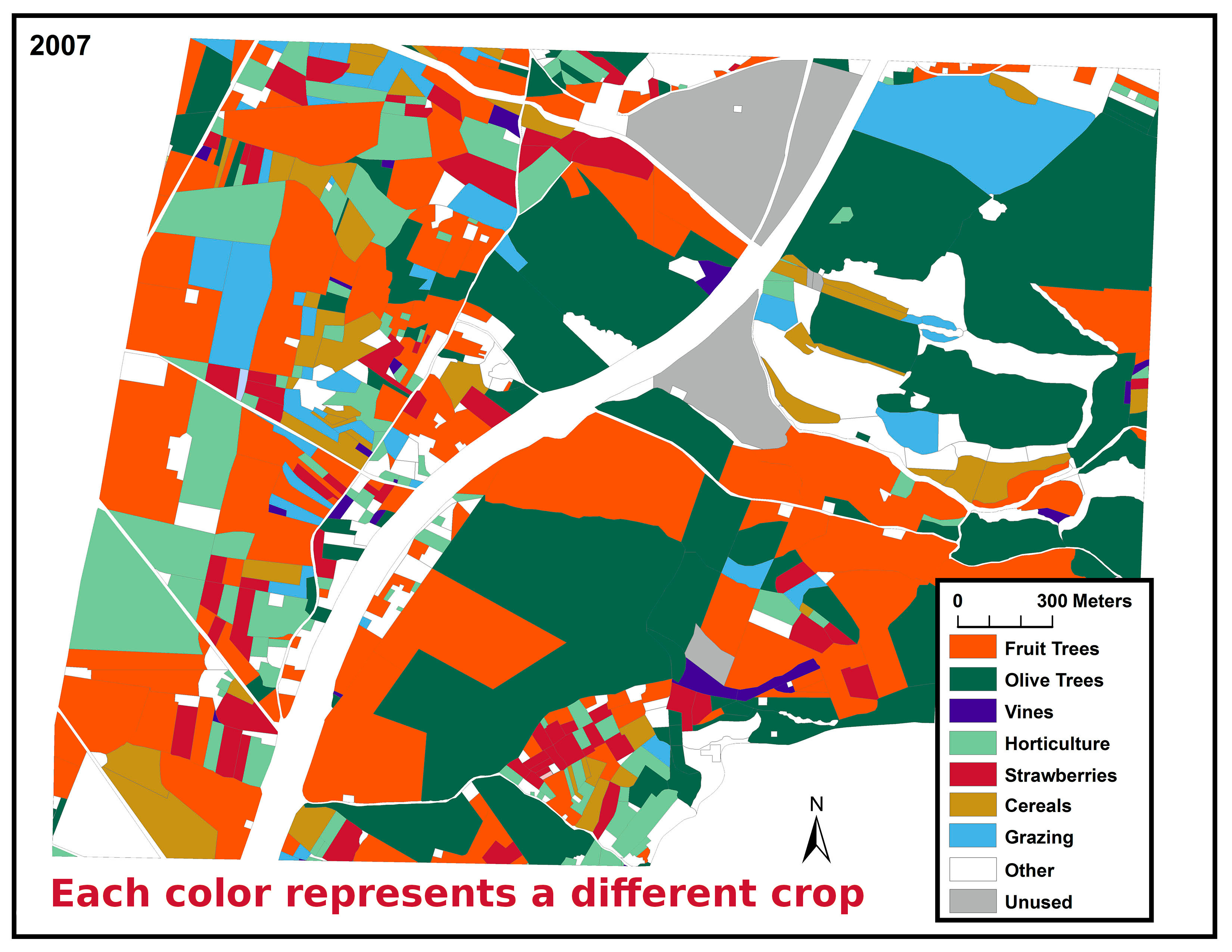 A longitudinal study gathers data through observations made in time series at regular intervals of years or even decades. Though performed in other disciplines such as biology and ecology, the study at Acconia, built upon surveys every 9 years, has had no precedent in the field of anthropology. Beginning in 1980, the mapping of land use has been repeated in 1989, 1998, 2007, and now 2016. The field-by-field mappings has set up researchers to trace how what we call landscape dynamics influences the changes that unfold. This documentation of the ebbs and flows of the town’s land use allows the survey archaeologist more easily to view their work as situated in time. For samples of the documentation.
A longitudinal study gathers data through observations made in time series at regular intervals of years or even decades. Though performed in other disciplines such as biology and ecology, the study at Acconia, built upon surveys every 9 years, has had no precedent in the field of anthropology. Beginning in 1980, the mapping of land use has been repeated in 1989, 1998, 2007, and now 2016. The field-by-field mappings has set up researchers to trace how what we call landscape dynamics influences the changes that unfold. This documentation of the ebbs and flows of the town’s land use allows the survey archaeologist more easily to view their work as situated in time. For samples of the documentation.
Landscape Dynamics: Why Does Change Occur at Acconia?
Once we have mapped the active and ongoing changes in land use in time series, the next step is to explore why they take place. Information on these driving forces have been collected by a team of anthropologists conducting interviews in the field with informants and they have found many different factors contributing to Acconia’s many transformations. The factors vary in size  from individual innovators importing their own agricultural expertise to top-down policies enacted by the Italian government encouraging certain sectors. They can arrive from abroad as DDT did, brought by the Allies during the second World War,and often arrive unexpectedly as did the market closures which arose out of fear of radiation from the Chernobyl nuclear accident. And these are only a couple of the factors. The study of landscape dynamics at Acconia remains open ended, being an ongoing study of ongoing changes, and both the field and the fields continue to evolve. For more on what makes these changes tick.
from individual innovators importing their own agricultural expertise to top-down policies enacted by the Italian government encouraging certain sectors. They can arrive from abroad as DDT did, brought by the Allies during the second World War,and often arrive unexpectedly as did the market closures which arose out of fear of radiation from the Chernobyl nuclear accident. And these are only a couple of the factors. The study of landscape dynamics at Acconia remains open ended, being an ongoing study of ongoing changes, and both the field and the fields continue to evolve. For more on what makes these changes tick.
The Acconia Survey: Pathway to the Longitudinal Study
The longitudinal study spotlights Acconia, a small Italian town 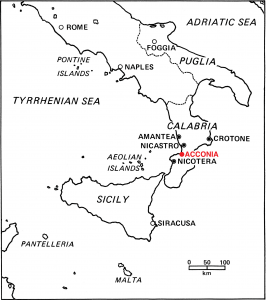 on the west coast of Calabria, but the 36-year-long study had never been the intention of the researchers in their first visits to the region. Rather, the idea, the first of its kind in archaeology, formed during surveys at Acconia in the mid- to late-70s. On first arrival in 1974, the team was solely focused on the discovery of Neolithic settlements
on the west coast of Calabria, but the 36-year-long study had never been the intention of the researchers in their first visits to the region. Rather, the idea, the first of its kind in archaeology, formed during surveys at Acconia in the mid- to late-70s. On first arrival in 1974, the team was solely focused on the discovery of Neolithic settlements 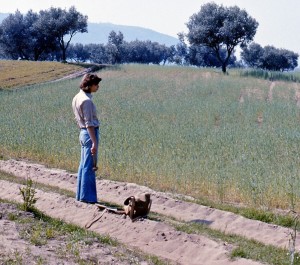 and so, when successful, expected to depart with no future visit. Soon, however, a challenge as to how the results might differ in a repeat survey spurred a return and the following seasons from 1975 to 1980 yielded many new finds, revealing the unseen effects of time’s arrow on landscape visibility and in turn on sites found. To further explore these relationships, the longitudinal study was undertaken. For more on the original archaeological survey and how the longitudinal study came to be.
and so, when successful, expected to depart with no future visit. Soon, however, a challenge as to how the results might differ in a repeat survey spurred a return and the following seasons from 1975 to 1980 yielded many new finds, revealing the unseen effects of time’s arrow on landscape visibility and in turn on sites found. To further explore these relationships, the longitudinal study was undertaken. For more on the original archaeological survey and how the longitudinal study came to be.
The Story of Strawberry Production at Acconia
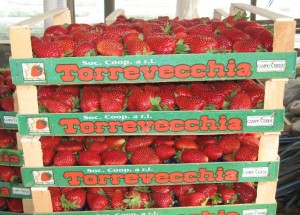 Most dynamic of all the changes, with rapid field turnover, is the strawberry, the protagonist in Acconia’s agricultural boom. First introduced only in 1964, they have grown to be an icon of the area’s economy. The four decades between 1980 and 2007 witnessed a three-fold increase in the number of strawberry operations. Greenhouses now dot the landscape while refrigerated trucks carry boxes of the bright red fruit up the Italian peninsula. Producers vary from small family-run holdings to big agro-businesses and Acconia, welcoming all, hosts a strawberry festival every year. However, fortune shifts rapidly, not all who have ventured into strawberry cultivation have been successful and the question looms: is this intensive agriculture sustainable? For more on the strawberry story.
Most dynamic of all the changes, with rapid field turnover, is the strawberry, the protagonist in Acconia’s agricultural boom. First introduced only in 1964, they have grown to be an icon of the area’s economy. The four decades between 1980 and 2007 witnessed a three-fold increase in the number of strawberry operations. Greenhouses now dot the landscape while refrigerated trucks carry boxes of the bright red fruit up the Italian peninsula. Producers vary from small family-run holdings to big agro-businesses and Acconia, welcoming all, hosts a strawberry festival every year. However, fortune shifts rapidly, not all who have ventured into strawberry cultivation have been successful and the question looms: is this intensive agriculture sustainable? For more on the strawberry story.
Bibliography and other Longitudinal Studies
Both the Acconia survey and the longitudinal study have produced a large number of papers and in addition to our longitudinal study, there are a number of similar studies in other fields. The original archaeological focus has shifted to address major issues of humankind’s effect on land, land’s effect on human society, and sustainability. For these papers and more related to this project.


